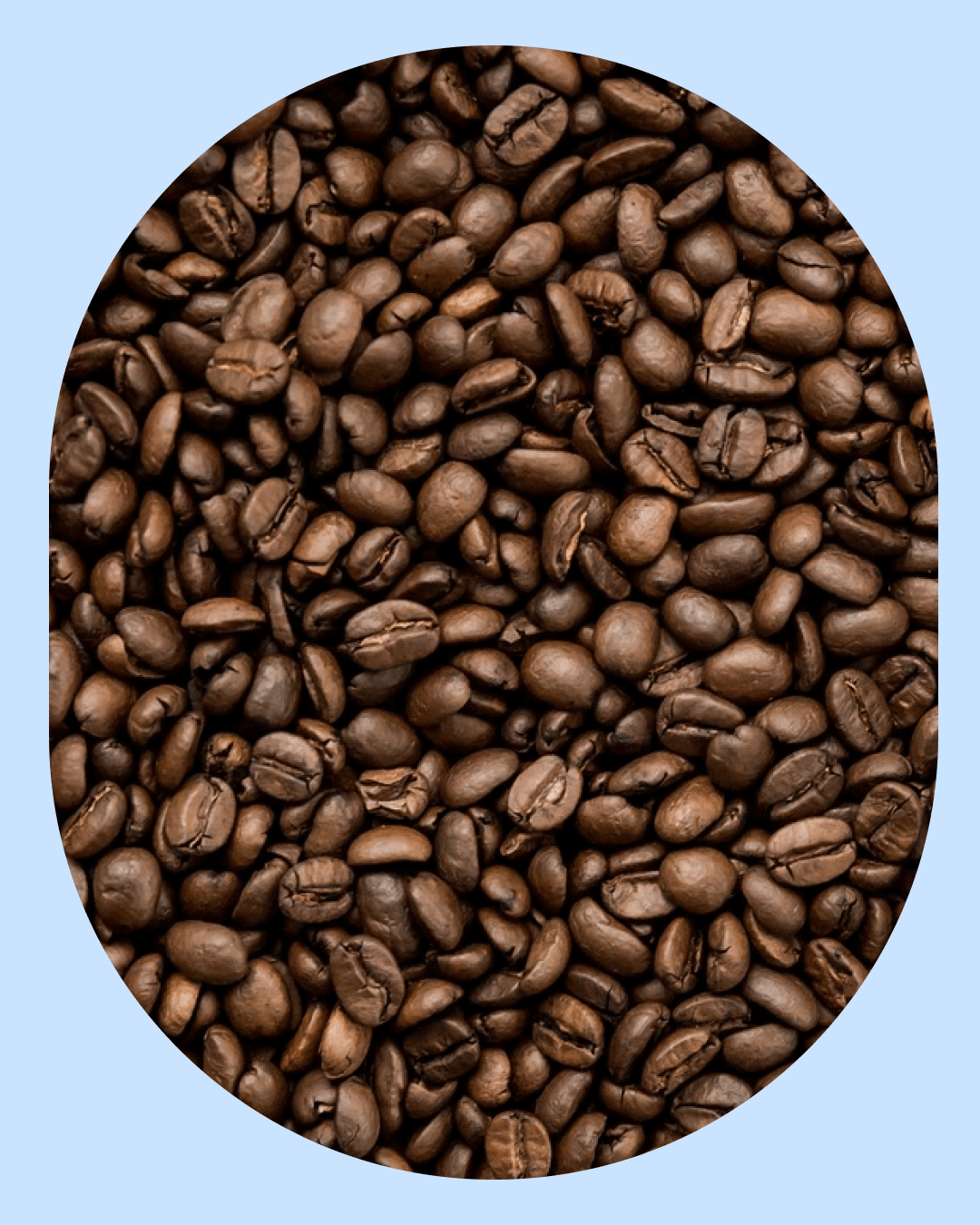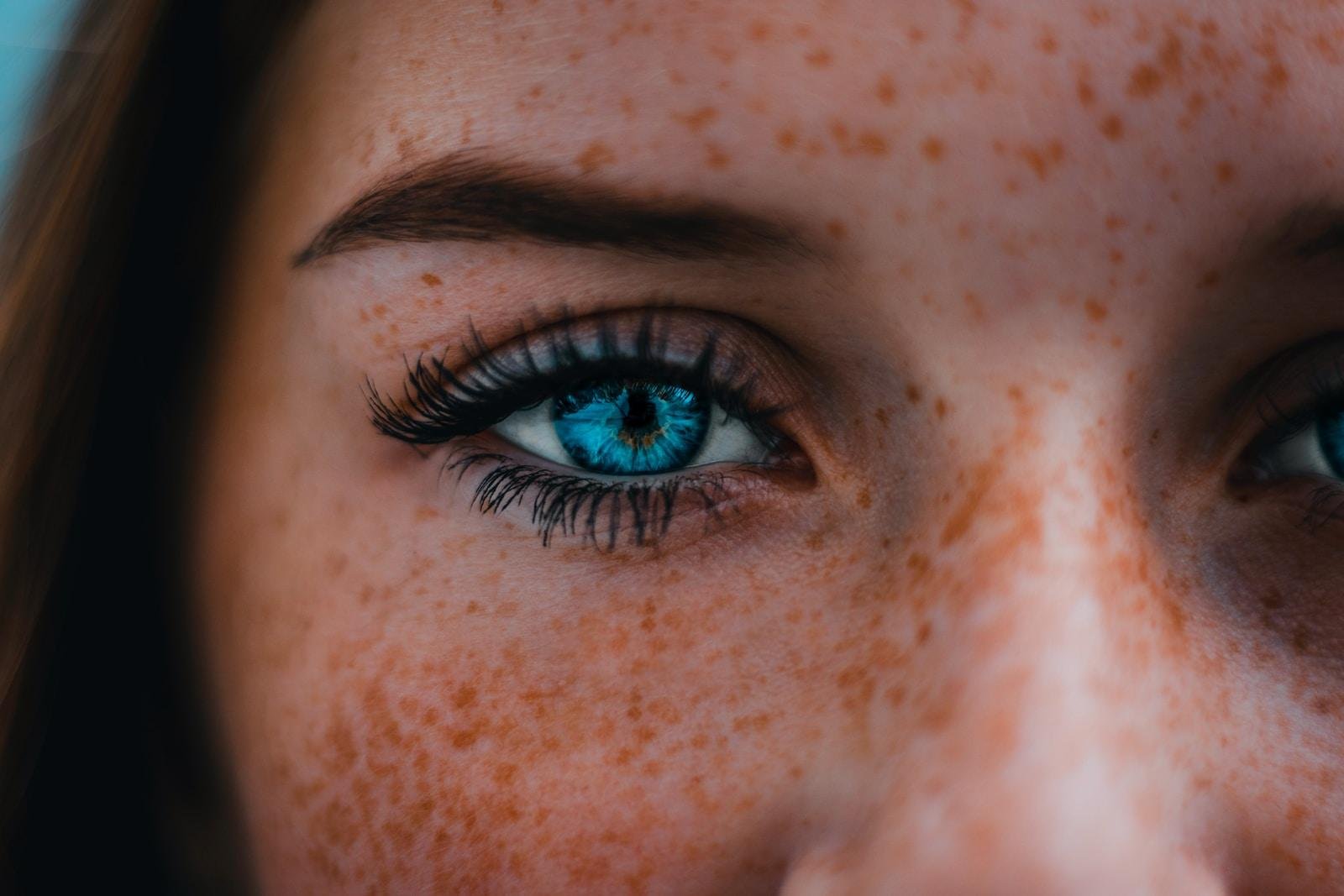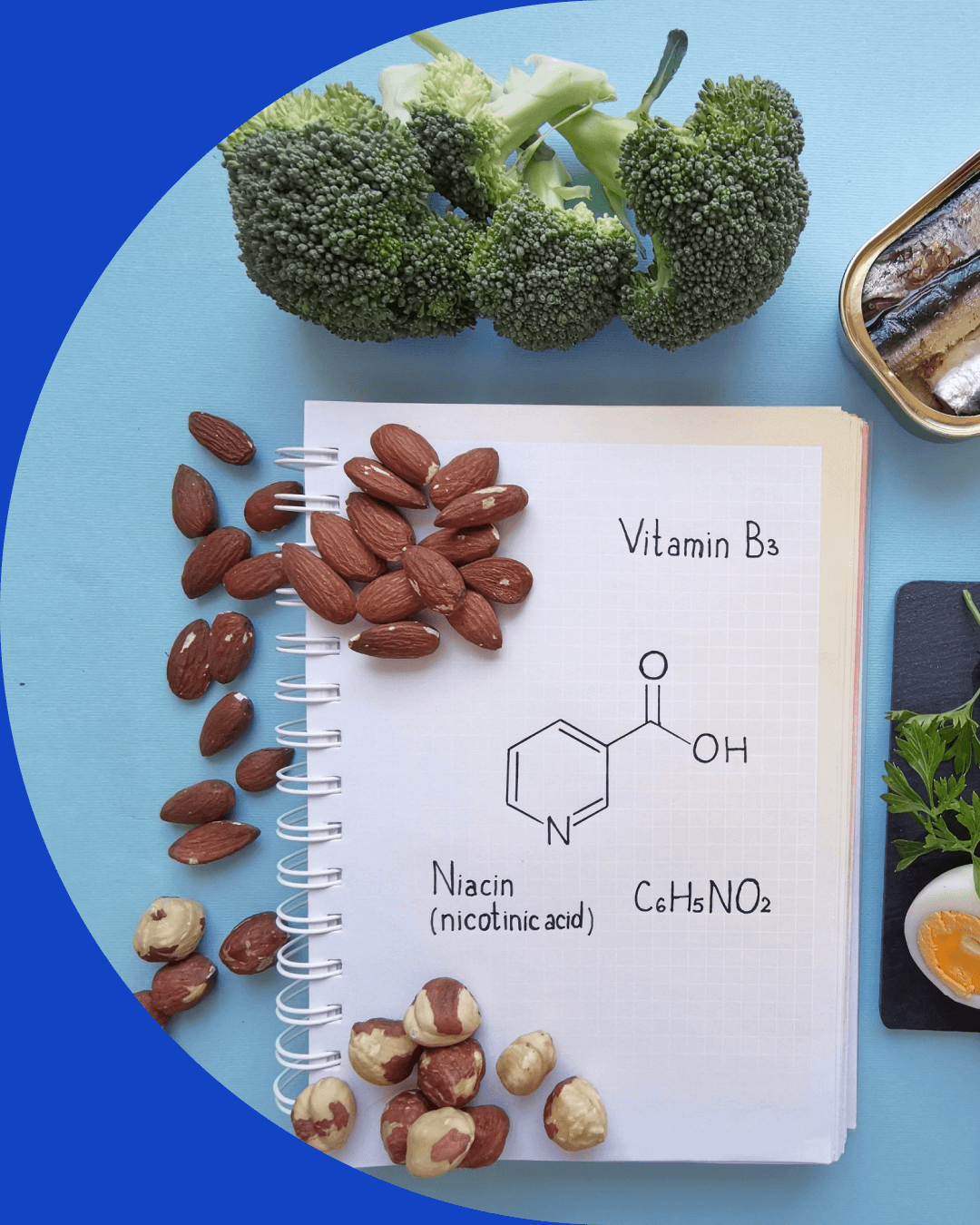Cold temperatures have long held a place in skincare routines, whether it’s the cooling effect of refrigerated skincare products, taking a cold shower, or pressing cold spoons under the eyes. Enter the world of skin icing and ice facials – a popular trend that capitalizes on the power of cold therapy. These practices involve applying ice or frozen elements to the skin, which restricts the blood vessels. From reducing puffiness and inflammation to boosting blood circulation, skin icing and ice facials provide a simple yet refreshing way to revitalize the complexion.
What is Skin Icing?
Skin icing involves the application of ice or frozen elements onto the facial skin. Often referred to as facial icing, ice facials, or cold therapy, it’s a popular and cost-effective skincare technique to incorporate into your daily routine. The practice encompasses using ice cubes, ice packs, or specialized cold therapy tools, and gently gliding them across various areas along the face and neck. This action triggers blood vessel constriction, temporarily reducing blood flow.
Skin icing can be done at home using simple ice cubes, or using frozen jade rollers or gua sha tools. Alternatively, professionals like dermatologists or estheticians offer specialized cold therapy techniques, such as cryotherapy facials with frozen nitrogen. Regardless of the chosen approach, skin icing presents an array of potential benefits.
How Does Ice Benefit the Face?
Cold contact against the skin restricts the blood vessels, which has many benefits for your face. The benefits of skin icing include:
Reduced Puffiness: Skin icing can help reduce puffiness, especially around the eyes and in the morning. The cold temperature helps constrict blood vessels and reduce fluid retention, leading to a less swollen appearance.
Improved Blood Circulation: While cold therapy constricts blood vessels initially, when you remove the cold contact, blood flow increases to the area to warm it up. This improved circulation can promote a healthy glow and bring nutrients and oxygen to the skin cells.
Temporary Skin Tightening: Cold temperatures cause the skin to contract, which can temporarily tighten the skin and minimize the appearance of pores. This effect is short-term but can be useful before events or occasions when you want smoother-looking skin, particularly prior to makeup application.
Soothing Redness and Irritation: Skin icing can soothe redness, inflammation, and irritation caused by conditions like acne, sunburn, or sensitivity. The cold temperature can help calm the skin and reduce discomfort, but exercise caution as extreme temperatures might worsen certain skin conditions.
Enhanced Product Absorption: Applying ice to the skin before or after using your skincare products can help improve their absorption by temporarily tightening the skin’s surface.
Refreshed Sensation: Many people find skin icing to be refreshing and invigorating, especially on hot days or when the skin feels tired.
DIY At-Home Skin Icing
Skin icing can be seamlessly incorporated into your weekly skincare routine at home. However, it’s important to note that icing your face should not exceed once a day, whether you choose to do it in the morning or at night. Below, we’ll discuss the process of at-home ice facials and provide guidance on effectively icing your face.
How to Give Yourself an Ice Facial at Home
You don’t need to go to an esthetician’s to reap the benefits of skin icing. All you need is an ice cube, and something to wrap it in.
At-home skin icing materials:
- One large ice cube (a smaller ice cube might be preferred for under and around the eyes)
- A piece of soft, thin cloth or plastic
To give yourself an at-home ice facial:
- Preparation: Cleanse your face as usual with your favorite gentle cleanser. If it’s an exfoliation night you may exfoliate as well.
- Ice Cube Preparation: You can use plain ice cubes, or create infused ice with ingredients like green tea, cucumber juice, or rose water. Wrap your ice cube in the plastic or thin cloth.
- Ice Application: Gently glide the wrapped ice cube across different areas of your face and neck. You can use circular motions or gentle sweeping motions. Avoid staying in one area for too long to prevent potential damage to the skin.
- Continue Your Routine: Follow up your skin icing with the rest of your regular skincare routine.
Upgrade Your At-Home Skin Icing
While the concept of at-home skin icing is relatively simple and effective by itself, you can elevate its benefits by using infused ice cubes. These ice treatments go beyond just cooling, as they introduce diverse benefits by incorporating popular skincare ingredients.
Some popular infusions for at-home skin icing include:
Green Tea Ice: Green tea’s antioxidants combat free radicals, promoting skin health. This infusion revitalizes skin, providing a cooling shield against premature aging and dullness.
Essential Oil Ice: Enhance ice cubes with a few drops of essential oil, such as tea tree, rosemary, or lavender, known for addressing acne and inflammation.
Aloe Vera Ice: Aloe vera is well known for its soothing properties. Infuse your ice cubes with 100% pure aloe vera gel, either purchased or from a plant.
Rose Water Ice: Rose water is an excellent anti-inflammatory, antiseptic, and antimicrobial, making it suitable for sensitive and acne-prone skin.
Check out our DIY Rose Water Toner recipe, which you can freeze for at-home skin icing.
Coffee Ice Cubes: Coffee’s caffeine content is perfect for under-eye care, combating puffiness and dark circles.
Precautions for At-Home Skin Icing
While skin icing is generally safe for most skin types, it’s important to remember a few precautions for the best ice facial experience:
Use a Protective Barrier: Always wrap an ice cube in a thin cloth or plastic bag before applying it to the skin. Direct contact with ice can lead to discomfort, ice burns, or frostbite.
Avoid Prolonged Exposure: Never leave ice directly on the skin for an extended period. Limit the duration of application to prevent potential damage to the skin barrier.
Consider Skin Sensitivities: Some skin conditions may be aggravated by extreme temperature changes. If you have sensitive or reactive skin, consult a dermatologist before attempting skin icing.
Limit Ice Application to Once a Day: It’s best to refrain from using ice on your face more than once a day, as excessive cold exposure can potentially harm the skin’s protective barrier.
Cryotherapy Facials and Professional Ice Facials
For a more comprehensive and expert approach to skin icing, consider professional ice facials administered by trained skincare professionals, particularly if you have specific skincare goals. Professional cryotherapy facials and ice treatments provide:
Taking Skin Icing to the Next Level: Professional treatments elevate skin icing by incorporating advanced techniques and tools. Trained experts employ their knowledge to ensure maximum efficacy and results.
Expertise of Trained Skincare Professionals: Dermatologists and estheticians possess in-depth knowledge of skin conditions, individual skin types, and the most effective treatment protocols. Their knowledge ensures tailored treatments aligned with your specific needs, along with guidance on post-treatment care and aftercare routines.
Cryotherapy Machines and Controlled Cold Exposure: Professionals utilize specialized cryotherapy machines to precisely regulate cold exposure and ensure the desired therapeutic effects. This controlled approach enhances the benefits of cold therapy, targeting specific concerns with precision.
Popular Professional Cold Treatments
There are many different professional skincare treatments that utilize ice or freezing elements. Some of the most popular skincare treatments involving ice or cold include:
Cryotherapy Facials: Cryotherapy Facials expose skin to extremely cold temperatures using specialized equipment, like liquid nitrogen. This boosts blood circulation, reduces inflammation, and stimulates collagen production for healthier skin.
Cold Stone Facials: These facials leverage chilled marble stones to improve skin tone, boost circulation, and provide relief from inflammation for a revitalized complexion.
Cryo-Electroporation: Cryo-Electroporation combines cold therapy and electroporation, initially constricting blood vessels through cold exposure, followed by electrical pulses that enhance the penetration of active ingredients into the skin.





